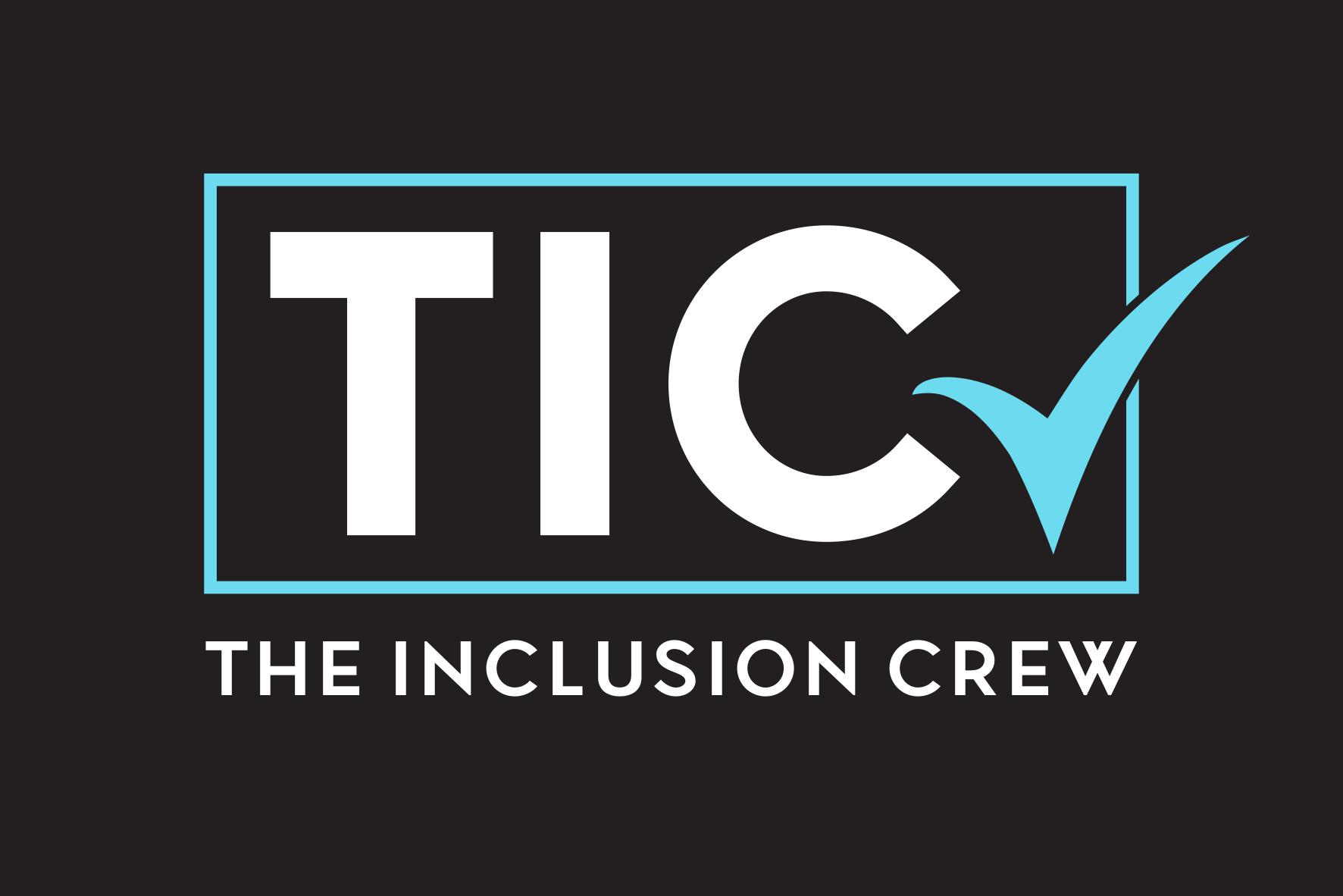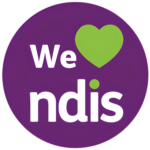In a world striving for inclusivity, it’s essential to ensure that individuals with disabilities are not left behind. Creating an environment where everyone feels welcome and valued requires conscious effort. These ten simple yet impactful strategies can help you foster an inclusive environment that promotes accessibility and equality for people with disabilities.
1. Educate Yourself and Your Team
Educating yourself and your team is the crucial first step towards inclusivity. It’s vital to understand the diverse range of disabilities, the unique challenges individuals might face, and the most effective ways to provide support.
Begin by participating in disability awareness workshops and training sessions. These initiatives can provide insights into the lived experiences of people with disabilities, helping you empathize and adapt your environment accordingly. Online resources and literature also offer valuable knowledge. Dive into articles, videos, and webinars that address various disabilities, accessible communication, and inclusive practices.
Learning about assistive technology is equally important. Familiarize yourself with tools like screen readers, communication devices, and mobility aids. This knowledge empowers you to create an environment where technology is harnessed to bridge accessibility gaps.
Engaging with the disability community directly enriches your understanding. Attend events organized by advocacy groups and listen to personal stories. By leading with curiosity and respect, you’ll foster an environment of learning and growth.
2. Prioritize Physical Accessibility
Physical accessibility is a cornerstone of inclusivity. Ensuring your physical space is welcoming to everyone involves implementing practical changes.
Start by installing ramps and elevators, which benefit individuals with mobility challenges. Widening doorways allows for easy passage of wheelchairs and other mobility aids. Accessible bathrooms with appropriate facilities are a must.
Moreover, maintain clear walkways free from obstacles. Adequate lighting plays a vital role, aiding those with visual impairments in navigating the space safely.
Prioritizing physical accessibility sends a powerful message of inclusivity to anyone who enters your environment. It’s a tangible way of showing that you value the needs and rights of people with disabilities.
3. Provide Clear Information
Access to information is a right that should be extended to all. Creating an inclusive environment involves making information available in various formats.
Consider producing materials in large print, braille, and electronic formats. This ensures that individuals with visual impairments can access information effortlessly. Additionally, clear labeling of different areas, meeting rooms, and facilities assists those with visual impairments or cognitive disabilities in finding their way around.
By providing information in diverse formats, you’re removing barriers and demonstrating your commitment to inclusivity.
4. Embrace Digital Accessibility
In today’s digital age, online accessibility is paramount. Your website and digital content must be designed with inclusivity in mind.
Utilize high-contrast colors and accessible fonts to enhance readability for people with visual impairments. Including alternative text for images ensures that screen readers can convey the content accurately to individuals who are visually impaired.
Regularly test your website’s accessibility using available tools to identify and rectify any issues. This proactive approach ensures that your online presence is a welcoming space for everyone.
5. Flexible Communication
Effective communication is a cornerstone of inclusivity. Recognize that individuals with disabilities might have diverse communication needs.
Some individuals might use sign language or communication boards to express themselves. Others might rely on assistive technology for speech output. Be patient and open to different communication methods, ensuring that everyone has an equal opportunity to express themselves and engage meaningfully.
In fostering a culture of flexible communication, you’re acknowledging the diverse ways people express themselves and respecting their choices.
6. Train Your Staff
Your staff’s awareness and behavior play a pivotal role in creating an inclusive environment. Providing proper training can help them interact respectfully and appropriately with people with disabilities.
Offer disability sensitivity training to educate your team about various disabilities, dismantle stereotypes, and foster empathy. This training can cover topics like appropriate language, active listening, and assistive technology.
Encourage your team to ask individuals with disabilities how they prefer to be assisted rather than assuming. This approach promotes open communication and a sense of partnership.
By investing in staff training, you’re empowering your team to be ambassadors of inclusivity and positive change.
7. Foster an Inclusive Mindset
Creating an inclusive environment is as much about the mind as it is about the physical space. Cultivating an inclusive mindset among your team members and stakeholders is paramount.
Encourage open conversations about disabilities and the importance of inclusivity. Advocate for respectful language that avoids perpetuating stereotypes or stigmatizing terms. When your team understands the value of inclusivity, they’re more likely to champion it.
Lead by example in fostering an inclusive mindset. Celebrate diversity within your team, and recognize the unique contributions that individuals with disabilities bring.
Remember, inclusivity is a mindset that infuses every aspect of your environment, from conversations to decision-making.
8. Consider Sensory Needs
Sensory sensitivities vary widely among individuals. To create an environment that accommodates everyone, it’s crucial to consider these needs.
Designate quiet spaces where individuals can retreat when sensory input becomes overwhelming. These spaces offer respite for those who might experience sensory overload due to noise or bright lights.
Additionally, be mindful of providing sensory aids when appropriate. Items like noise-canceling headphones or fidget tools can help individuals regulate their sensory experiences.
By addressing sensory needs, you’re fostering an environment where everyone can engage comfortably and confidently.
9. Accommodate Different Abilities
Inclusivity is about acknowledging and accommodating a diverse range of abilities. Not all disabilities are visible, and it’s important to create an environment that supports everyone’s needs.
Consider implementing a flexible working policy that allows for remote work or flexible hours. This accommodation benefits individuals with various disabilities, including those with chronic illnesses or mental health conditions.
Create an atmosphere where individuals feel comfortable requesting accommodations without fear of discrimination. By valuing diverse abilities, you’re fostering a culture of equity and respect.
10. Seek Feedback and Make Improvements
The journey to inclusivity is ongoing, and feedback is your compass. Regularly seek input from individuals with disabilities about their experiences in your environment.
Create accessible channels for feedback, such as surveys or focus groups. Act on the feedback you receive, making necessary changes to enhance accessibility and inclusivity.
Remember that feedback is a gift – it provides valuable insights into areas that might need improvement and highlights what you’re doing right.
Remember
Fostering an inclusive environment for people with disabilities requires a commitment to continuous improvement and a genuine desire to learn and adapt. By following these ten simple yet impactful strategies, you can create a space where everyone is respected, valued, and empowered to thrive. Each step you take brings us closer to a more accessible and equitable world for all.


